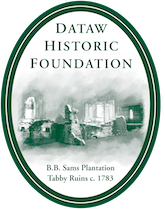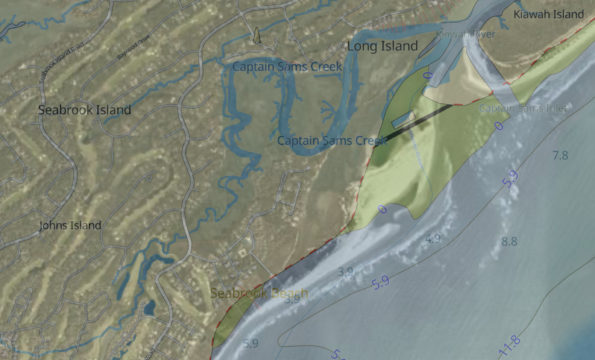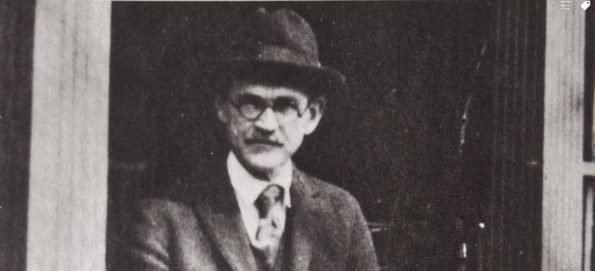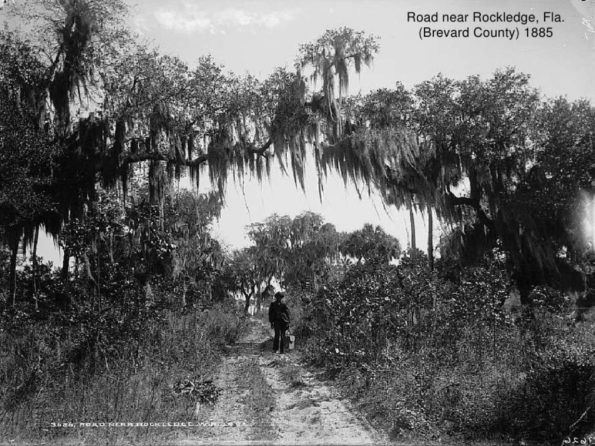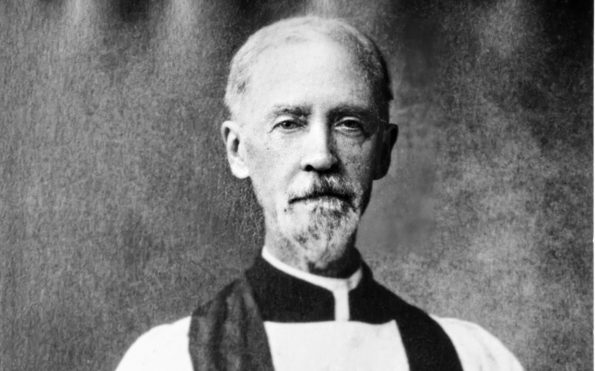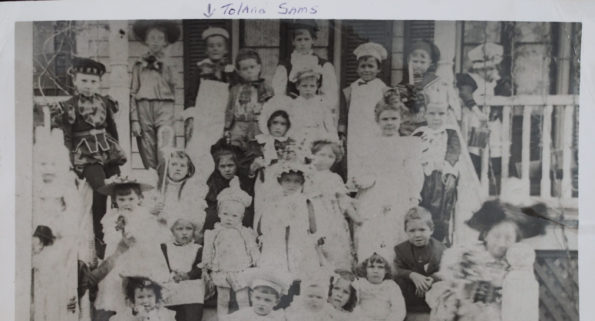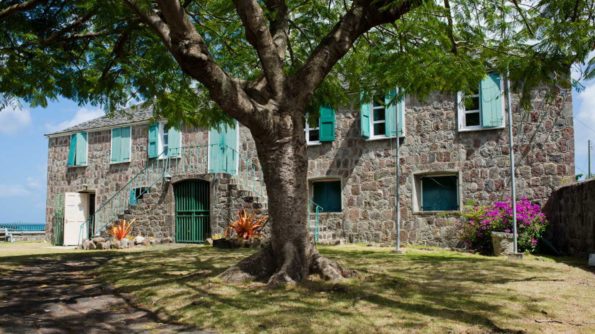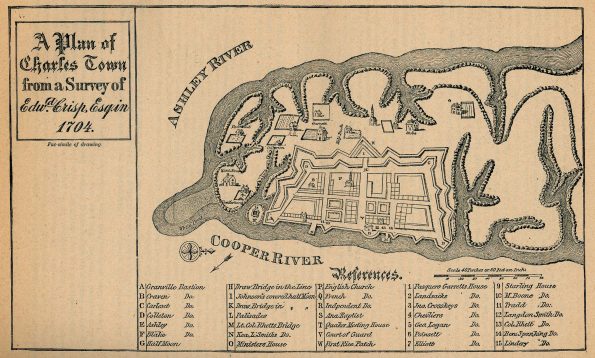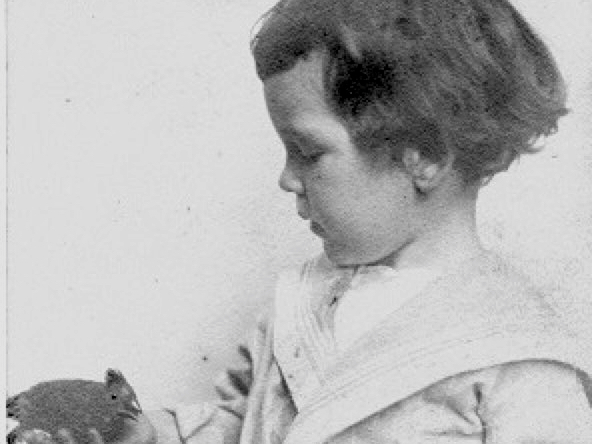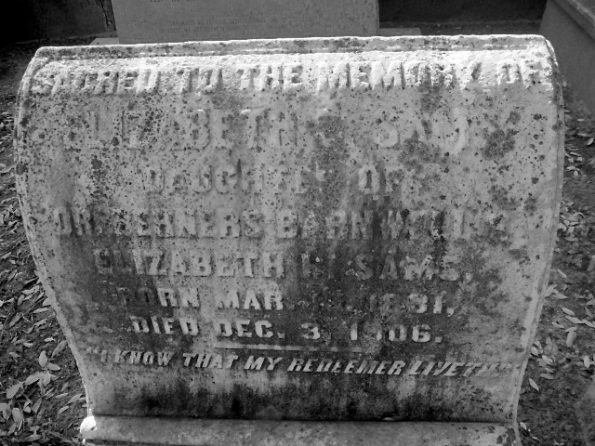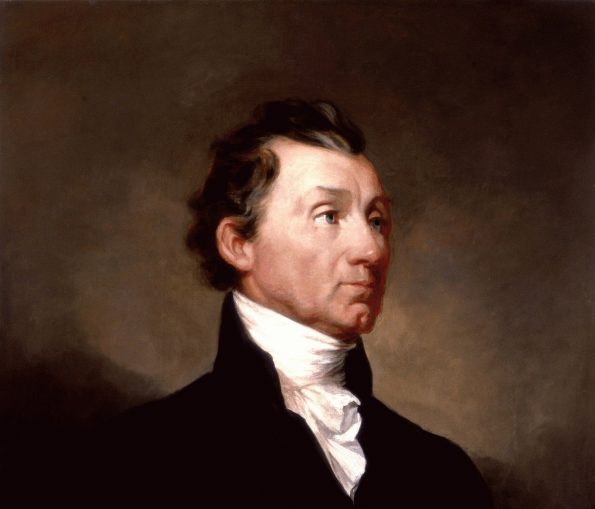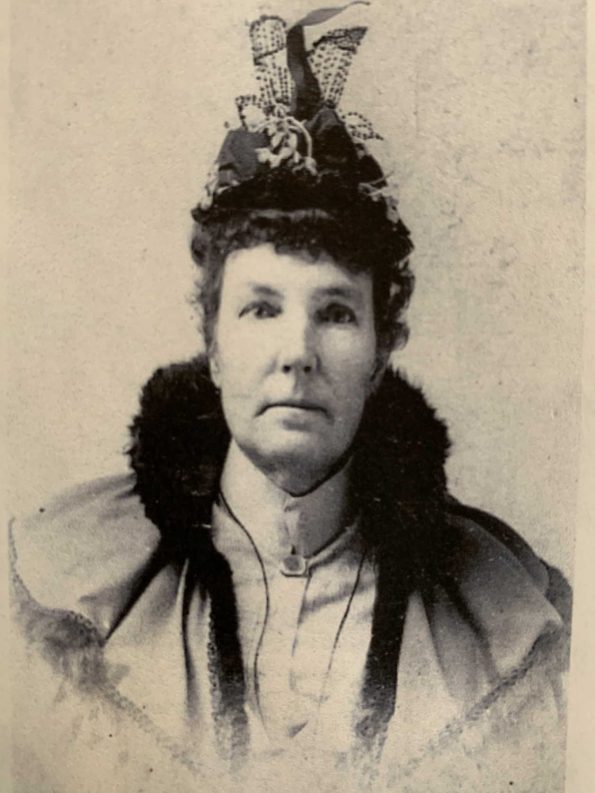Bill Riski is a retired USAF Officer and systems engineer. His hobbies include history, photography, writing, and travel. Maintaining this website is a labor of love for the Dataw Historic Foundation in the Lowcountry of South Carolina, where he and his wife now live.
The theme this week is “On the Map.” I am starting my journey to find places named after SAMS descendants of William and Elizabeth SAMS of Dataw Island (i.e., toponyms.) The name SAMS presents the familiar genealogist’s challenge, so generic it’s easy to find, but hard to determine if it’s the SAMS you want. Therefore, I started local, where we have some certainty of places named after ‘our’ SAMS and began working my way around the Southeastern U.S. I discovered some unexpected places ‘in the family,’ so to speak, and one place with a heavy SAMS fingerprint on it right here in Beaufort, SC.
The theme this week is “Products of Dataw Island.” Some time back, the Dataw Historic Foundation published a series of short articles about our history. I’ve republished two of these below that address what was grown on Dataw, as early as the mid 1700’s
The theme this week is “This Old House – a Photo,” not related to that great PBS program, but the Dr. B.B. Sams house. In my week 12 and week 15 articles, I described the Sams Tabby Complex, with an emphasis on the house, the most distinctive feature of the ruins on Dataw Island. One of the world’s foremost experts on tabby construction, Colin Brooker, has just published the definitive book on tabby architecture in Beaufort, South Carolina and the Sea Islands [Brooker]. The Dataw Historic Foundation will be writing a book review soon, but in anticipation of that, I thought you might be interested in seeing the earliest image ever taken of the BB Sams house.
My theme this week is “oldest”; the Sams direct descendant that lived the longest. Martha “Mattie” Sophia Hallonquist LaRoche lived to celebrate her 101st birthday. There are several distinctive aspects of Mattie’s life. She was born near Charleston, S.C on Wadmalaw Island, was married at age 16, to a man 23 years her senior, and raised a family in Merritt Island, Florida area – long before air-conditioning. You can get a sense of their new “neighborhood” in the photo above.
Dataw Historic Foundation members and visitors to our History and Learning Center know of the Reverend James Julius Sams. His memoir, written I believe at the request of nephew Conway W. Sams in about 1905, is unique. No one else has written such an intimate first-person account of growing up on Dataw Island, SC. And his recollection of details about the family and his father’s (Berners Barnwell Sams) house on Dataw has been quoted by acknowledged experts in their fields such as Lawrence Rowland and Colin Brooker. This week I have included J. Julius Sams’ memoir in its entirety in the Sources section below. Enjoy reading about Dataw & Oak Islands circa 1840 thru the adventures of two boys, Julius and Horace Sams. In the meantime, let me tell you a bit more about Reverend J. Julius Sams, the man.
This week is about what NAMES can reveal. As an amateur genealogist, I know that names can provide clues to a person’s past but can also present a brick wall. Discovering the ancestors of William Artman Riski is much easier than John Smith. Sometimes a naming pattern can provide us leads that we might otherwise overlook. This week I investigated the names of the seven sons born to William and Elizabeth Sams and found several surprises, including a British tradition.
The theme this week is a SMALL WORLD. In the years leading up to our Declaration of Independence from Great Britain, Beaufort was a thriving shipping port. One of the prominent merchants operating along the bay in Beaufort was Peter Lavien (1746 – 1781). He moved to the town in 1765 from Sankt Croix, then under Danish rule. (Today St. Croix is part of the US Virgin Islands.) The small world connection I discovered involves his younger half-brother. The brother eventually also moved to the Colonies from Sankt Croix but landed in Boston in 1772. Today, I’m going to tell you a bit more about the families of both brothers.
The theme this week is LONG LINE. Many of the ‘Datha Sams’ followed a journey over the generations away from Beaufort. Some left to pursue their dreams elsewhere (e.g., Edward Sams to GA and FL), others were pushed out by the Civil War and chose not to return. A few returned after the war and stayed, creating a long line of living in Beaufort. The long line in South Carolina began before William and Elizabeth’s purchase of Datha Island in 1783. It extends back to ancestors born in the U.S. in the 17th Century.
The theme this week is NEWSWORTHY. In Week 7, I told you about the Sams descendants that the Roney’s discovered on a trip to Florida. I ended that article with this statement,
“A Sams descendant owned a controversial painting claimed to be the only portrait Eva Perón posed for in her life! Yes, that Evita!” A newsworthy mystery for sure. The man behind this story is Anderson Childe Bouchelle (1908 – 1993).
The theme this week is MY FATHER’S LIFE. Elizabeth Exima Sams (1831 – 1906) was born March 16th, 1831, to Elizabeth Fripp and Dr. Berners Barnwell Sams. Her mother was 17 when she married Dr. Sams and bore him eleven children before she died in childbirth with daughter Elizabeth. Fortunately, Elizabeth E. Sams lives a long life in South Carolina. A year before her death, she travels from Beaufort, South Carolina to Norfolk, Virginia, to visit her nephew, Conway Whittle Sams (1864 – 1935). While there, Elizabeth tells her nephew all about his grandfather, her father, Dr. BB Sams. We have no similar first-person accounts of any of the other six brothers (i.e., William and Elizabeth Sams sons).
The theme this week is MIDDLE. We are at week 26 and half-way through 2020. This gave me an idea for a new historical perspective on the Sams. Just imagine, when Dr. Lewis Reeve Sams, Jr. and his brother Miles Brewton Sams were in their teens – so were Abraham Lincoln, Ralph Waldo Emerson, and Harriet Beecher Stowe. What these have in common is 1822. The Sams era on Datha Island started in 1783 and ended abruptly in 1861. The middle of that period was 1822.
The theme this week is WIDOWS. Since June 23rd is International Widow’s Day, I decided to do some analysis on our Sams genealogy database and see what it reveals about widows in the Sams families of the 19th century. Our genealogy database contains over 2500 people. That’s way too many people to sift through and find the widows. The area I’ll be focusing on is a family tree with William & Elizabeth Sams at the top. The second and third generations below them are mostly complete. Still, for about one-third of the women, we have insufficient information to determine if they lived to adulthood and married. I’m going to identify the WIDOWS who are direct descendants in these first three generations of SAMS, counting William & Elizabeth as the first generation.
